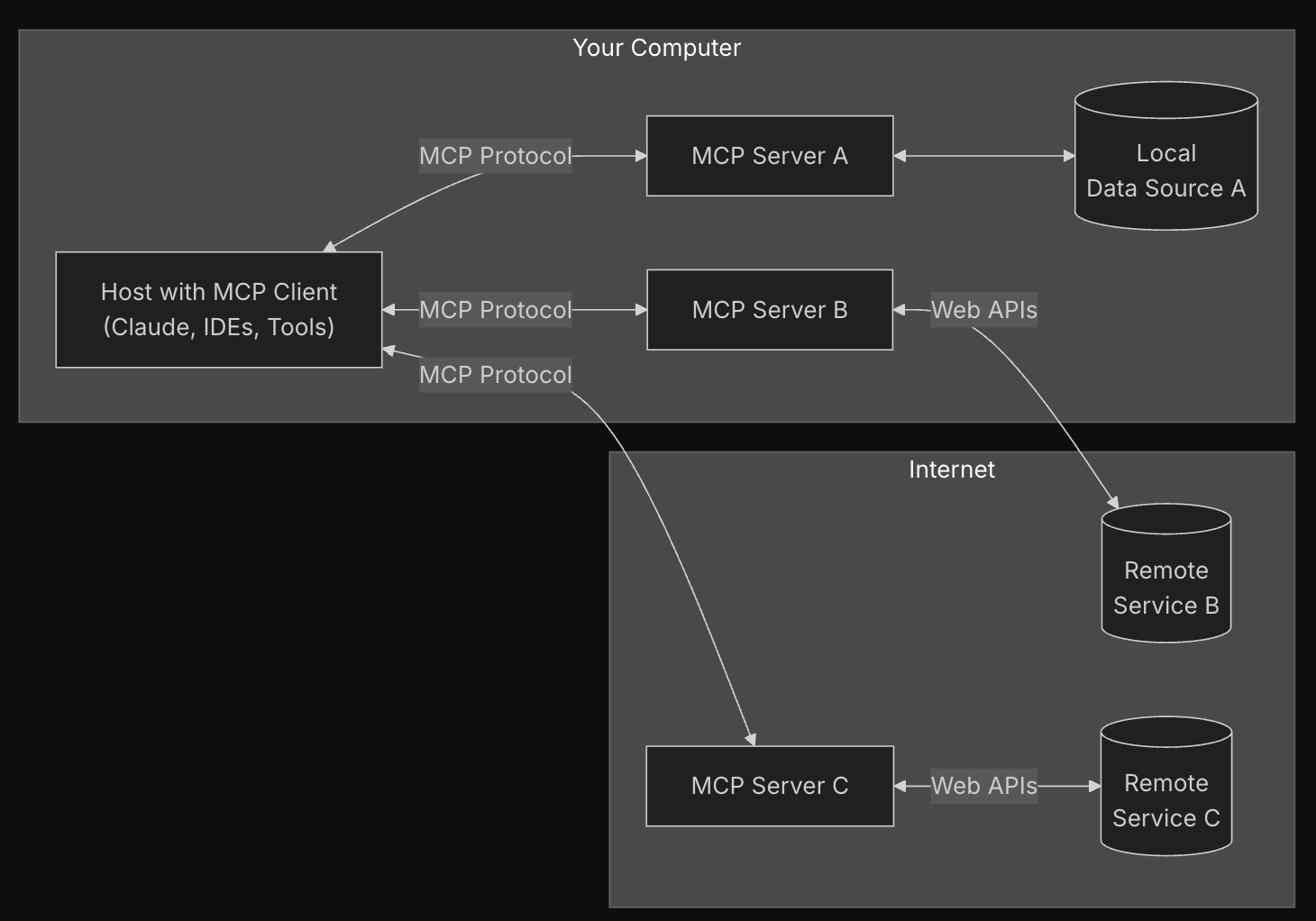
Cryptocurrency trading has evolved beyond simple spot trading, with derivatives like futures and options gaining popularity. To make informed decisions, traders often use tools like crypto heat maps, which provide a visual representation of market performance. In this guide, we’ll explain how to read a crypto heat map and how to trade crypto futures and options effectively.
Part 1: Understanding Crypto Heat Maps
A crypto heat map is a visual tool that displays the performance of multiple cryptocurrencies in a color-coded format. It helps traders quickly identify which assets are gaining or losing value.
How to Read a Crypto Heat Map
- Color Coding
- Green: Indicates price increase (darker green = stronger uptrend).
- Red: Indicates price decrease (darker red = stronger downtrend).
- Neutral (Gray/White): Little to no price movement.
- Layout
- Heat maps can be organized by:
- Market Cap (largest coins at the top).
- 24h Performance (biggest gainers/losers first).
- Sector (DeFi, NFTs, Layer 1, etc.).
- Heat maps can be organized by:
- Key Metrics to Watch
- Price Change (%): Shows percentage gain/loss over a period (1h, 24h, 7d).
- Trading Volume: High volume confirms trend strength.
- Dominance: Bitcoin (BTC) and Ethereum (ETH) often lead the market.
How to Use Heat Maps for Trading
- Spot Trends: If most of the market is green, it’s a bullish day; if red, bearish.
- Identify Leaders & Laggards: Strong coins may continue rising; weak ones may drop further.
- Correlations: If BTC is up but altcoins are down, traders may expect a rotation soon.
Part 2: Trading Crypto Futures & Options
Once you’ve analyzed the market using a heat map, you can apply this knowledge to trade derivatives like futures and options.
A. Trading Crypto Futures
Futures contracts allow traders to speculate on price movements with leverage.
Key Concepts
- Long (Buy): Betting the price will rise.
- Short (Sell): Betting the price will fall.
- Leverage: Amplifies gains/losses (e.g., 10x leverage means 10x profit or loss).
- Funding Rate: Fee paid between long/short traders in perpetual futures.
How to Trade Futures
- Choose a Platform (Binance, Bybit, Deribit, OKX).
- Analyze Market Trends (Use heat maps & technical analysis).
- Set Leverage Wisely (Higher leverage = higher risk).
- Use Stop-Loss Orders (To limit losses).
- Monitor Funding Rates (High rates may indicate over-leveraged positions).
B. Trading Crypto Options
Options give the right (but not obligation) to buy/sell at a set price (strike) before expiry.
Key Terms
- Call Option: Right to buy at a fixed price (bullish bet).
- Put Option: Right to sell at a fixed price (bearish bet).
- Premium: Cost of buying the option.
- Expiry Date: When the contract settles.
How to Trade Options
- Pick a Strategy
- Buy Calls if you expect a price surge.
- Buy Puts if you expect a drop.
- Sell Covered Calls if you hold the asset and want extra income.
- Check Implied Volatility (IV)
- High IV = Expensive options (good for selling).
- Low IV = Cheap options (good for buying).
- Set Profit Targets & Exit Plans
- Take profits early in volatile markets.
- Use stop-losses on premium paid.
Conclusion
- Crypto heat maps help traders quickly assess market trends.
- Futures trading allows leveraged bets on price direction.
- Options trading offers strategic flexibility with defined risk.
By combining heat map analysis with futures and options strategies, traders can make more informed decisions in the fast-moving crypto market. Always manage risk, use stop-losses, and stay updated on market trends.








